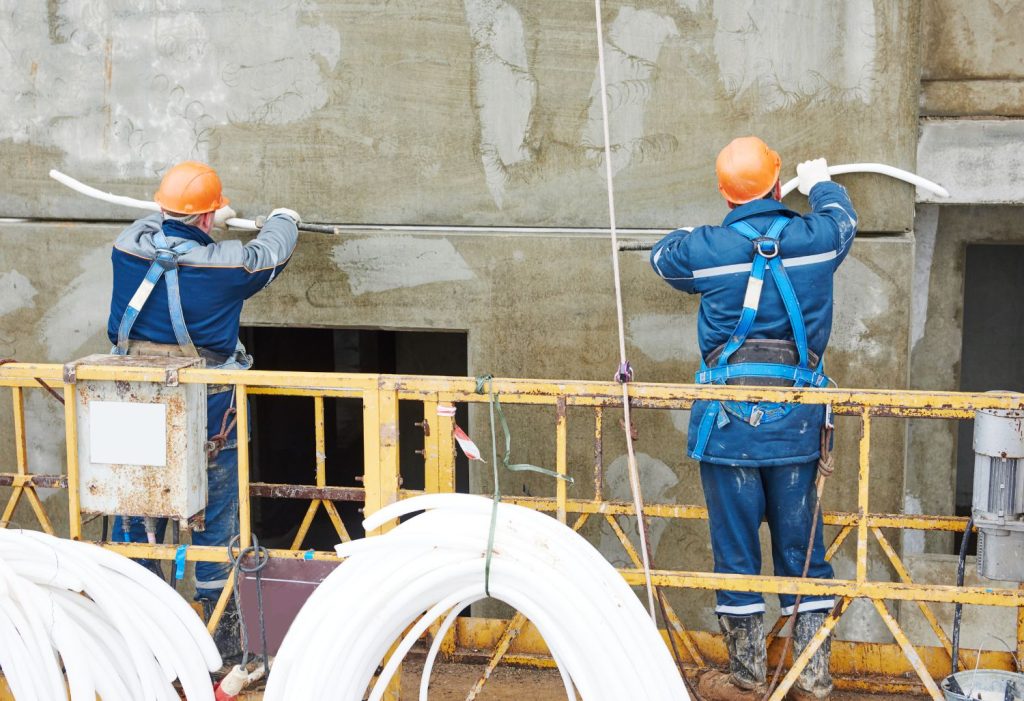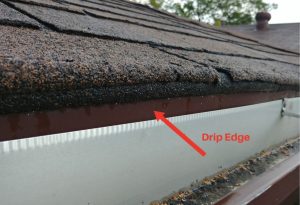Reading Time: 4 minutes
Water infiltration through building joints is a silent destroyer of commercial property value. A single failing expansion joint can lead to extensive structural damage—yet many property managers only discover the problem after significant deterioration has already occurred. Improper joint sealing remains one of the most critical yet overlooked aspects of commercial property maintenance.
At TT Waterproofing, we’ve spent over nine years protecting commercial and industrial properties across Gauteng from water infiltration. Through our work, we’ve seen how professional joint sealing not only prevents immediate water damage but extends the operational life of buildings by decades. In this article, you’ll discover why joint sealing is essential for your building’s integrity, which joints require attention, how proper sealing prevents water damage, and when to call in the professionals.
Understanding Building Joints and Why They Need Protection
Commercial buildings are designed to move. Temperature fluctuations, settling, wind loads, and seismic activity all cause structural elements to expand, contract, and shift. Joints are intentional gaps built into structures to accommodate this movement without cracking or failing.
However, these same joints that allow necessary movement also create pathways for water infiltration if not properly sealed. Water penetration through joints doesn’t just cause immediate leaks—it leads to:
- Concrete deterioration as moisture freezes and thaws
- Steel reinforcement corrosion compromising structural integrity
- Mould and mildew growth affecting indoor air quality
- Thermal bridging increasing energy costs
- Interior damage to finishes, equipment, and inventory
Types of Joints That Require Professional Sealing
Not all joints are created equal, and each type demands specific sealing solutions to perform effectively.
Expansion Joints
Expansion joints accommodate the largest movements in a building. Found where different structural elements meet or in long continuous walls, these joints experience constant thermal expansion and contraction. They require highly flexible sealants that maintain adhesion whilst stretching and compressing repeatedly over decades.
Control Joints
Also called contraction joints, these are engineered into concrete slabs and walls to control where cracking occurs as concrete cures and shrinks. Whilst they accommodate less movement than expansion joints, control joints still require flexible sealing to prevent water infiltration through the designed crack.
Construction Joints
These joints occur where concrete pours meet—common in multi-phase construction projects. Although designed for minimal movement, construction joints create vulnerable seams where water can penetrate if not properly sealed.
How Professional Joint Sealing Prevents Water Damage
Proper joint sealing creates a flexible, watertight barrier that moves with the building. Here’s how professional-grade solutions protect your investment:
Accommodating Structural Movement
Professional sealants are engineered to stretch and compress without losing adhesion. Unlike rigid fillers that crack and fail, flexible sealants maintain their integrity through thousands of movement cycles. At TT Waterproofing, we select sealants based on the expected joint movement, ensuring long-term performance.
Creating Continuous Water Barriers
Water doesn’t need large openings to cause damage—even tiny gaps allow moisture penetration. Professional joint sealing eliminates these pathways, creating continuous barriers that shed water away from vulnerable substrates.
Protecting Against Environmental Degradation
Commercial buildings face harsh South African conditions—intense UV radiation, dramatic temperature swings between summer and winter, and driving rain. Professional-grade sealants resist UV degradation, maintain flexibility across temperature extremes, and provide lasting weather resistance.
Extending Service Life of Building Elements
By preventing water infiltration, proper joint sealing protects concrete, steel, and other building materials from moisture-related deterioration. This extends maintenance cycles and delays costly replacement of structural elements.
The TT Waterproofing Joint Sealing Process
Our systematic approach ensures durable, effective joint sealing:
Thorough Joint Assessment
We begin by examining all joints for existing damage, measuring movement capacity, and identifying substrate conditions. This assessment determines the appropriate sealant type and preparation requirements.
Professional Surface Preparation
Proper adhesion depends on clean, sound substrates. We remove old sealant, clean joint faces to remove contaminants, and apply primers where necessary. This preparation is critical—even the best sealant will fail if applied to unprepared surfaces.
Precise Sealant Application
Using professional-grade equipment, we install backer rods to control sealant depth, apply sealant at the correct width-to-depth ratio, and tool joints to ensure proper contact with substrates. These details make the difference between joints that last decades and those that fail within years.
Quality Verification
After installation, we inspect all joints to ensure proper adhesion, correct geometry, and complete coverage. This quality control step catches any issues before they become problems.
Common Joint Sealing Failures and How to Avoid Them
Understanding why joints fail helps property managers make informed maintenance decisions:
Adhesive Failure
When sealant pulls away from substrate surfaces, water infiltrates immediately. This typically results from inadequate surface preparation or incompatible primers. Professional installation with proper preparation prevents adhesive failure.
Cohesive Failure
Sealant that tears or splits has exceeded its movement capacity or degraded due to environmental exposure. Using sealants rated for joint movement and UV resistance prevents cohesive failure.
Incorrect Joint Geometry
Joints that are too narrow, too deep, or lack proper backing fail prematurely. Professional installation ensures correct geometry for optimal performance.
When to Schedule Joint Sealing Maintenance
Proactive maintenance prevents water damage:
- New construction: Seal all joints during initial construction
- Regular inspections: Inspect and reseal joints showing wear
- Before rainy season: Address any failing sealant before heavy rains
- After significant movement: Reseal if building experiences unusual shifting
- When visible deterioration occurs: Cracked, shrunk, or pulled sealant requires immediate attention
FAQ: Joint Sealing Solutions
How long does professional joint sealing last?
Professional-grade sealants can last many years when properly installed and maintained. Lifespan depends on joint movement, environmental exposure, and sealant quality. Regular inspections help identify joints requiring resealing before failures occur.
Can joint sealing be applied in wet conditions?
Most professional sealants require dry substrates for proper adhesion. Whilst some specialised products can be applied to damp surfaces, optimal results come from sealing during dry weather. We schedule installations to ensure proper conditions for lasting performance.
What’s the difference between joint sealing and joint filling?
Joint sealing uses flexible, adhesive materials designed to move with the building whilst preventing water infiltration. Joint filling uses rigid materials that don’t accommodate movement. Commercial buildings require professional joint sealing, not simple filling, to perform effectively.
How do I know if my building’s joints need attention?
Look for water stains near joints, visible cracks or gaps in existing sealant, sealant that has shrunk or pulled away from surfaces, or leaks appearing during rain. If you notice any of these signs, schedule a professional assessment.
Protect Your Commercial Property Investment
Joint sealing isn’t just about stopping leaks—it’s about protecting the structural integrity and operational life of your commercial building. With over nine years of experience serving commercial and industrial clients across Gauteng, TT Waterproofing delivers professional joint sealing solutions that stand the test of time.
Don’t wait for water damage to force your hand. Proactive joint sealing maintenance prevents structural repairs whilst protecting your property value and preventing operational disruptions.
Contact TT Waterproofing today for a professional joint assessment and quotation. Let our expertise protect your commercial property from water infiltration.



